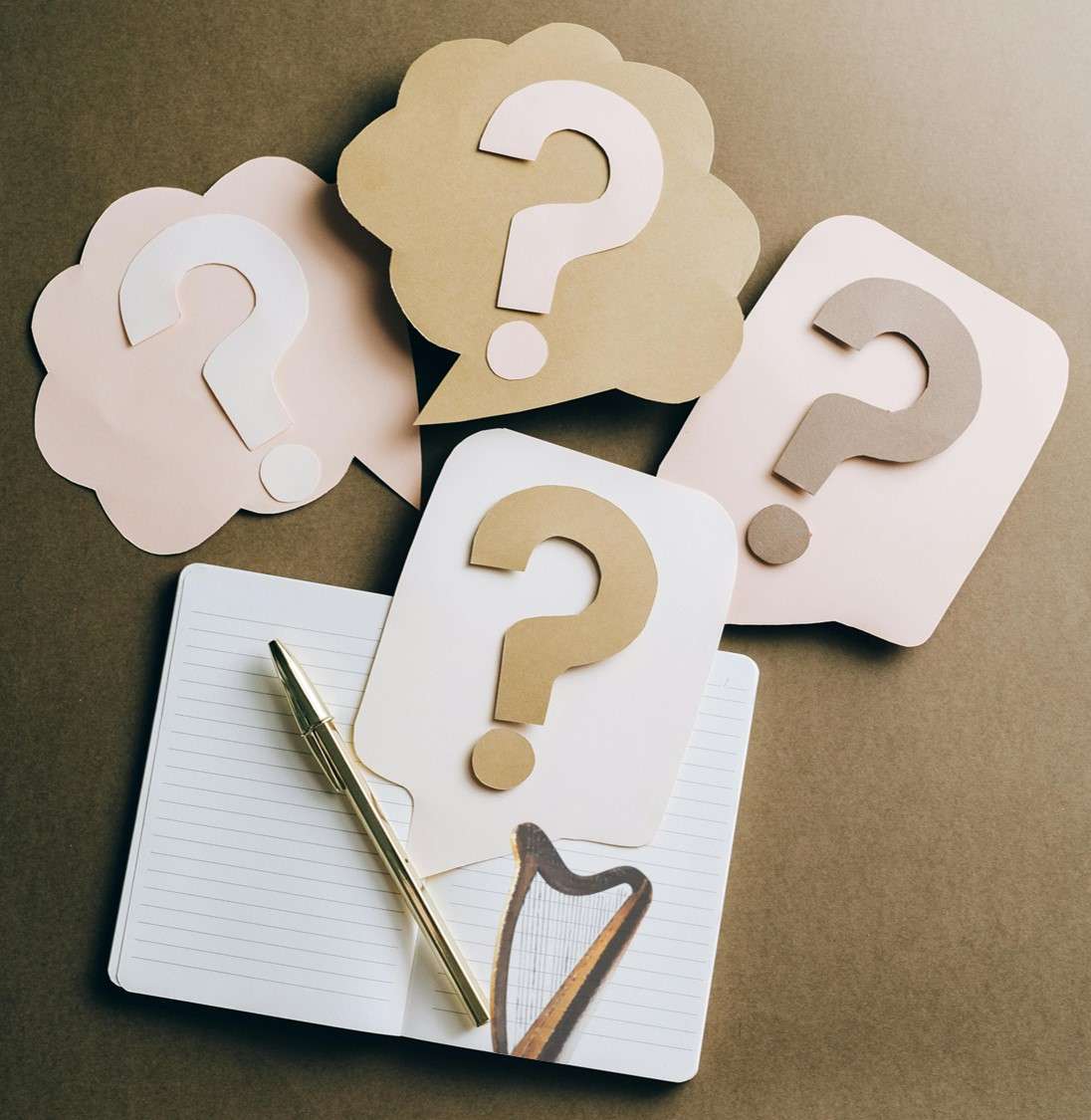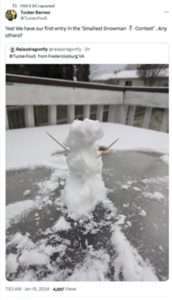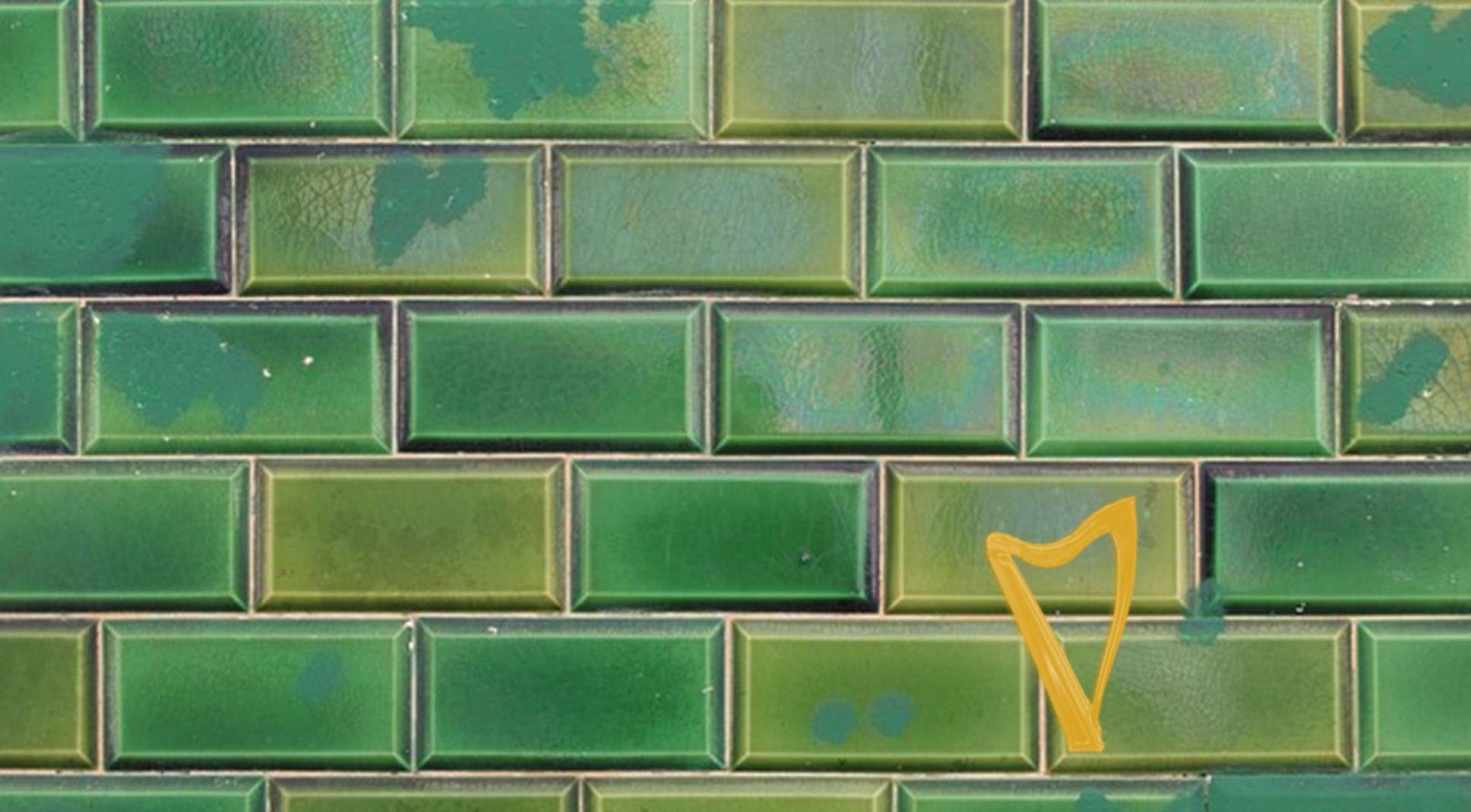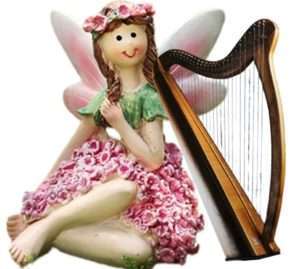What’s the question?
One of the best things about harp players is their innate curiosity (in the main). It has been my experience that we are, in general, interesting people who tend to be interested in loads of things.
But we’re also human and so sometimes we can do things that don’t move us forward. This is true whether we are teachers or students – where two sides of the same coin might be helpful and not!
For example, being curious. I think we’re all a little curious. That leads us to ask questions. Lots of questions.
Asking questions is imperative! It is a wonderful thing to ask questions. And we have a lot of resources – from teachers to friends to colleagues to learn from. Whether we know it or not, this searching for information to satisfy our curiosity helps us maintain a beginner’s mindset which has been celebrated as an important part of continuing personal growth. Beginners are curious because there is so much they don’t know! It is easy to stop being curious once you know some stuff. But no matter how much you know, there is always more to learn, to build on, to enhance, and to expand what we already have. Staying a beginner on the inside can be freeing because it allows you to give yourself permission to keep learning. A significantly experienced performer doesn’t have no questions. They have different questions! Hopefully, you are always coming up with questions as you learn. Cultivating an interest is certainly one way to continue to push yourself – to be always learning. Sometimes the questions are simple and other times they are complex.
However, it is possible to confuse curiosity with diversion! I’m all for asking questions and learning, but focused questions based on your playing and learning are different from constantly scrolling fa-sta-gram-to-x watching videos and reading websites looking at content. That only draws in more information that fills your head but doesn’t actually inform you. Wasting time searching up info because it might be useful or getting into a loop of searching to search will never improve your playing. It won’t make you a better musician. And it will always leave you feeling like you should have learned more (and possibly like you have wasted time you could have been playing!).
I’m not suggesting there’s nothing of value to be learned online. But I am suggesting that letting your intuition, playing and experience drive your questions. And, you know that journal I’m always suggesting. That’s a great place to keep your questions so they don’t slip out of your head when you have a chance to ask them! Keep your questions focused on your development, your playing, your progress, and you’ll learn something every day!
Now, if there are no more questions? Go practice!







